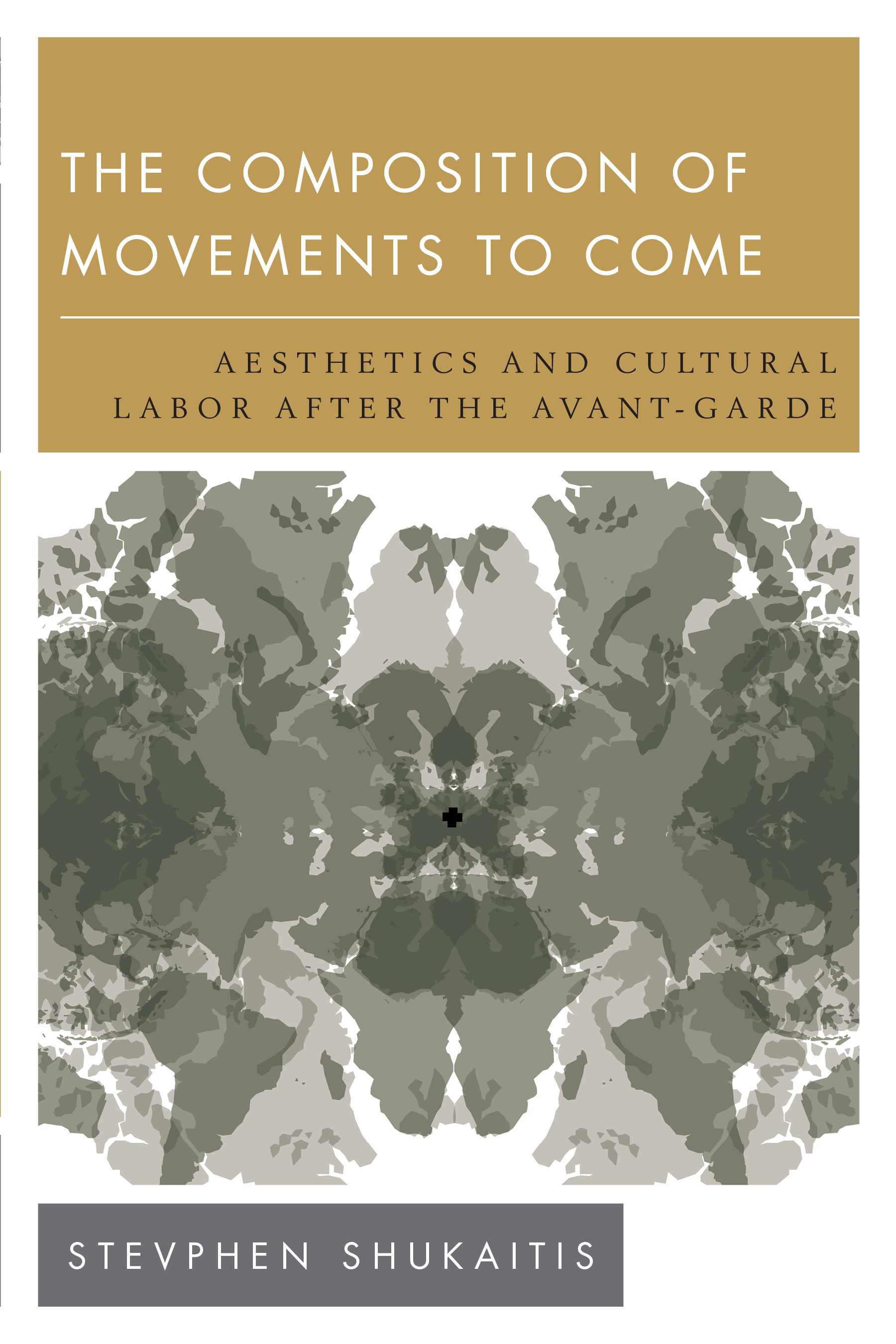Boris Arvatov: Art and Production (1926–) [Russian, English]
Filed under book | Tags: · art, capitalism, constructivism, everyday, production, productivism, proletariat, sculpture

“Boris Arvatov‘s Art and Production is a classic of the early Soviet avant-garde. Now nearing a century since its first publication, it is a crucial intervention for those seeking to understand the social dynamic of art and revolution during the period.
Derived from the internal struggles of Soviet Constructivism, as it confronted the massive problems of cultural transformation after ‘War Communism’, Arvatov’s writing is a major force in the split that occurred in the revolutionary horizons of Constructivism in the early 1920s. Critical of early Constructivism’s social-aesthetic process of art’s transformation of daily life – epitomised in studio-based painting, photography and object making – Arvatov polemicises for the devolution of artistic skills directly into the relations of production and the factory.
Whilst acknowledging the problems of a pure factory-based Productivism, Arvatov remains overwhelmingly committed to a new role and function for art outside the conventional studio and traditional gallery. Addressing issues such as artistic labour and productive labour, the artist as technician, art and multidisciplinarity and a life for art beyond ‘art’ – finding new relevance amidst the extensive social turn of contemporary participatory art – Art and Production offers a timely and compelling manifesto.”
Publisher Proletkult, Moscow, 1926
132 pages
English edition
Edited by John Roberts and Alexei Penzin
Introduction by John Roberts
Afterword by Alexei Penzin
Translated by Shushan Avagyan
Publisher Pluto Press, London, 2017
ISBN 9780745337364, 0745337368
160 pages
Reviews: Celluloid Liberation Front (Brooklyn Rail, 2017), Noel Halifax (Socialist Review, 2018).
Iskusstvo i proizvodstvo (Russian, 1926, 45 MB)
Art and Production (English, 2017, EPUB; PDF, added 2020-8-6)
Tom Marioni: Beer, Art and Philosophy (The Exhibition), 1968-2006 (2006)
Filed under catalogue | Tags: · art, conceptual art, everyday

“Tom Marioni: Beer, Art, and Philosophy (The Exhibition), 1968–2006 surveys nearly forty years of the artist’s engagement with experience as art. Born in Cincinnati in 1937, Marioni studied drawing, sculpture, and printmaking at the Cincinnati Art Academy, and in 1959 moved to San Francisco where he began to experiment with performance, sound, the sense of taste, and other non-traditional media.
A pioneer of the West Coast Conceptual Art movement, Marioni drew inspiration from artists such as Marcel Duchamp (1887–1968), John Cage (1912–1992), and Joseph Beuys (1921–1986), all of whom challenged the conventions of art. Emphasizing ideas as material for art, these artists exercised a profound influence on Marioni and other conceptual artists of the 1960’s. In 1968, Marioni became a curator at the Bay Area’s Richmond Art Center, where he mounted a series of ambitious Conceptual Art shows. In 1970, he founded the Museum of Conceptual Art in San Francisco, where he continued to experiment, viewing the concept of the museum as an extension of his work, until he closed it in 1984.
Following in the tradition of the “readymade”—Duchamp’s name for common or found objects, which he recontextualized as art—Marioni employed mundane substances such as beer, elevating its significance from a common means of socialization to a catalyst for creative expression and social interaction. This meant that drinking beer with friends could be as profound an experience as gazing at the Mona Lisa. Thus, in Marioni’s view, the act of communication itself takes on aesthetic significance. Like Cage, whose work highlighted chance and ordinary sounds as music, Marioni attempts to make art that is as close to everyday life as possible without becoming life itself. Similar to Beuys, who privileged creative action over the precious and static art object, Marioni’s conversations and gatherings expand the conventions of painting and sculpture.”
Foreword by Linda Shearer
Publisher Contemporary Arts Center, Cincinnati, Ohio, 2006
ISBN 9780917562778, 0917562771
68 pages
Stevphen Shukaitis: The Composition of Movements to Come: Aesthetics and Cultural Labor after the Avant-Garde (2016)
Filed under book | Tags: · aesthetics, affect, antagonism, art history, autonomy, avant-garde, capitalism, class, creativity, everyday, imagination, immanence, labour, marxism, media, organization, situationists, strategy, value

“How does the avant-garde create spaces in everyday life that subvert regimes of economic and political control? How do art, aesthetics and activism inform one another? And how do strategic spaces of creativity become the basis for new forms of production and governance?
The Composition of Movements to Come reconsiders the history and the practices of the avant-garde, from the Situationists to the Art Strike, revolutionary Constructivism to Laibach and Neue Slowenische Kunst, through an autonomist Marxist framework. Moving the framework beyond an overly narrow class analysis, the book explores broader questions of the changing nature of cultural labor and forms of resistance around this labor. It examines a doubly articulated process of refusal: the refusal of separating art from daily life and the re-fusing of these antagonistic energies by capitalist production and governance. This relationship opens up a new terrain for strategic thought in relation to everyday politics, where the history of the avant-garde is no longer separated from broader questions of political economy or movement, but becomes a point around which to reorient these considerations.”
Publisher Rowman & Littlefield, London & New York, 2016
New Politics of Autonomy series
ISBN 9781783481736, 1783481730
xx+176 pages
Reviews: Gregory Sholette (Critical Inquiry, 2015), Marc James Léger (Afterimage, 2016), Martin Parker (Culture Machine, 2017).
PDF (4 MB)
Comment (0)
